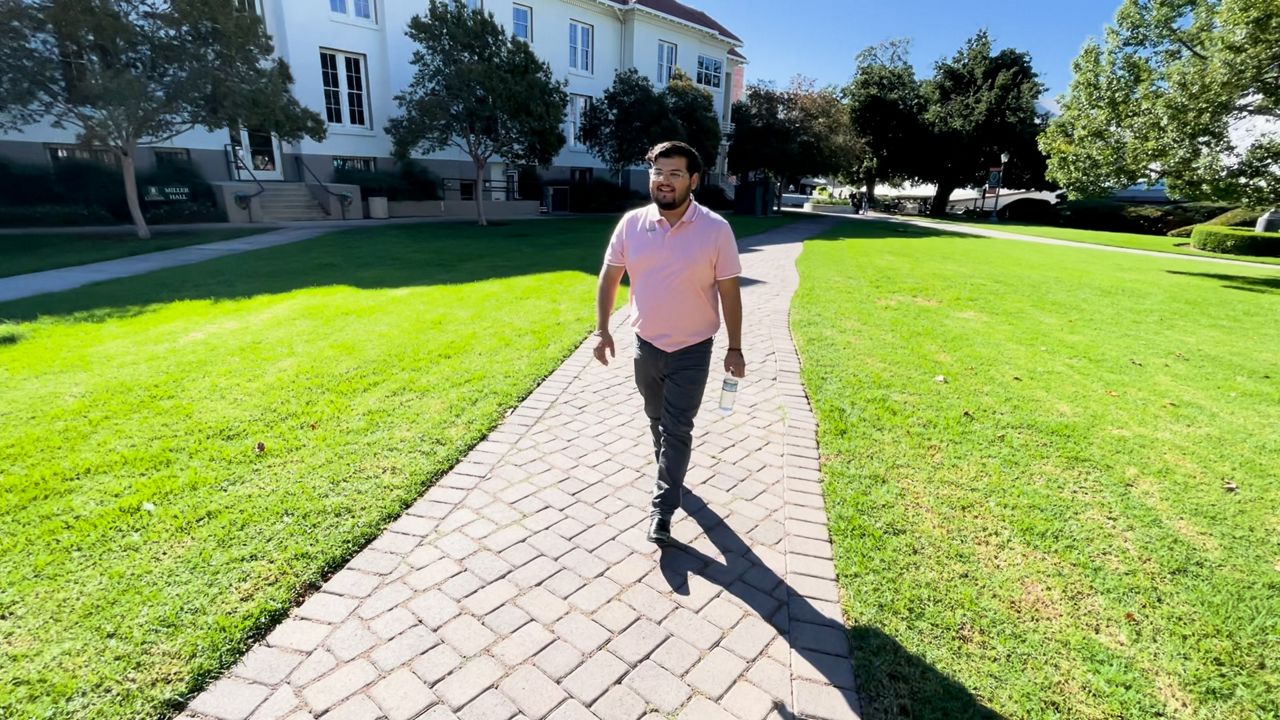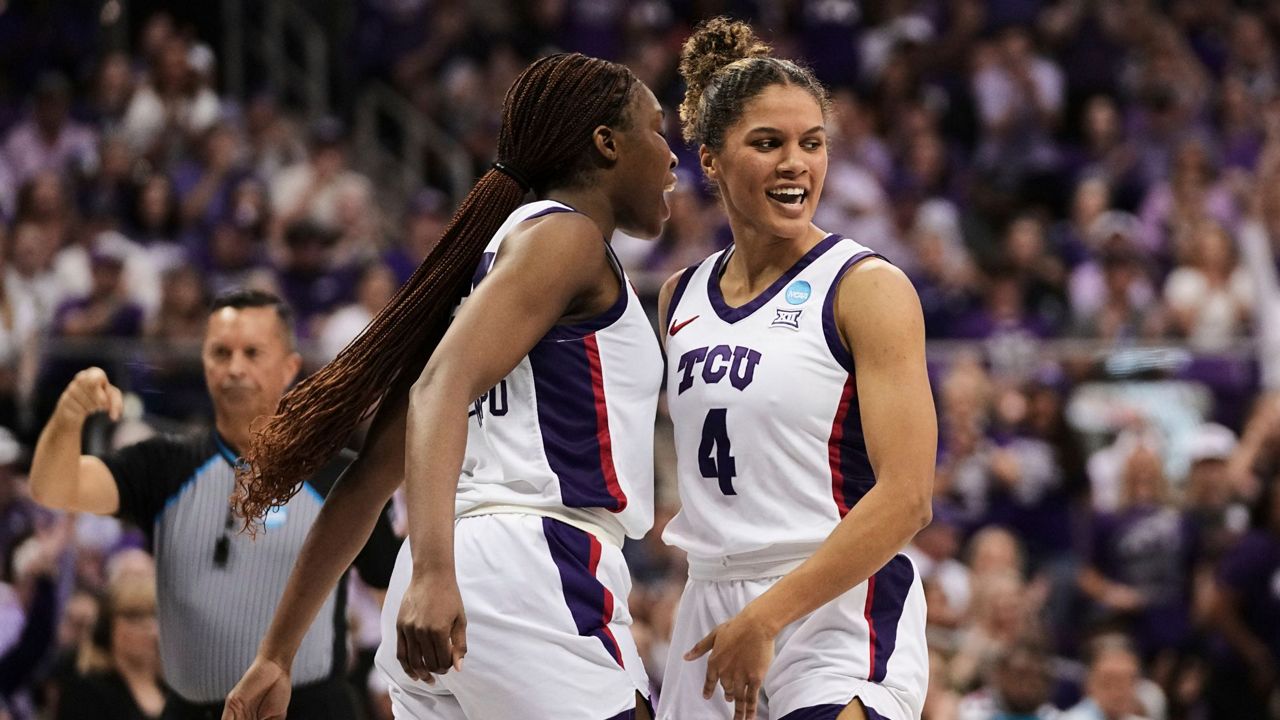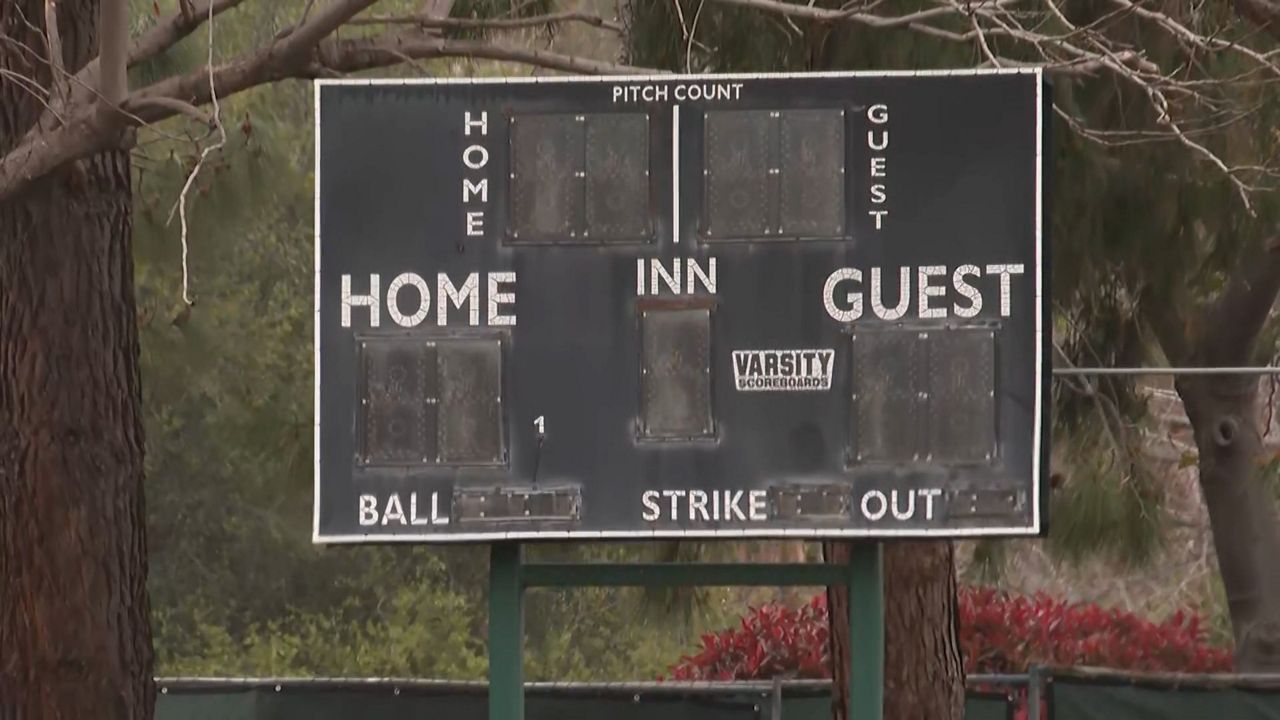LA VERNE, Calif. — Sandwiched between the University of Notre Dame and Rensselaer Polytechnic Institute lies the University of La Verne — a small liberal arts school in eastern la county with just over 5,000 students.
What You Need To Know
- The school is federally designated as a Hispanic-Serving Institution
- More than 80% of the student body is made up of minorities and despite the private school price tag, the rankings reveal it only takes an average of about two and half years for students to pay off their debt
- Senior Mai Anh Gorin is an international student, majoring in business and was pleasantly surprised by the rankings
- “A small private school like us? Yeah, it’s pretty unbelievable, but it shows you that they’ve put in the effort to be where they are now and a testament to all the faculty and staff,” she said
“Many universities, especially elite universities, really define themselves by who they exclude. We very much take pride in who we include,” said Roy Kwon, Provost and Vice President of Student Affairs.
He says the school has made an effort to recruit a diverse student body, and the rankings reflected that, which did not surprise him. He says being a smaller, non-legacy university has its perks.
“It allows us to be free to be innovative, to think about the student experience, and to be really forward thinking in terms of how we serve our students,” Kwon said.
The school is federally designated as a Hispanic-Serving Institution. More than 80% of the student body is made up of minorities and despite the private school price tag, the rankings reveal it only takes an average of about two and half years for students to pay off their debt.
“We actually as an institution pay for a vast majority of the cost of their education,” Kwon said.
“The biggest plan for me was to go to either a San Diego or Santa Barbara [university], but I found a home here in La Verne, like 20 minutes from my house,” said Aaron Vasquez, a junior majoring in Psychology.

He says the first day he arrived on campus, he felt like he mattered, not just a number in a sea of students.
“What I really like about here is how small it is. I feel like we have a pretty low population but because it’s so low, you get to make so many connections with the different staff, professors and students as well,” Vasquez said.
Senior Mai Anh Gorin is an international student, majoring in business and was pleasantly surprised by the rankings.
“A small private school like us? Yeah, it’s pretty unbelievable, but it shows you that they’ve put in the effort to be where they are now and a testament to all the faculty and staff,” she said.
For her business project, she started her own company selling these portable blenders that double as reusable water bottles. Unlike simulated projects at other business schools, she said the program was as real as it gets.
“You have to pitch a business pitch to bankers so you can get a credit line and then you have to sell to customers and you also have to sell to professors,” she said.
“Look at those rankings and take it with a grain of salt because you want to make sure that you’re still looking at a school that’s going to be the right fit for you,” said John Kuhlmann, a former college counselor who now works for the Fulfillment Fund. The nonprofit aims to make college a reality for underserved students.
He says students should look at a number of factors before picking a school.
“[Things like] size, location, housing options, availability of majors, makeup of the student body,” Kuhlmann explained.
“I would argue that it’s not that we should exit from these rankings. I would argue that we should push for more forward thinking metrics,” Kwon said.
Putting students in the best possible position to succeed.
Let Inside the Issues know your thoughts and watch Monday through Friday at 8 and 11 p.m. on Spectrum News 1.











